It's Magic: The Gathering!
Do you like card games? If so, this may be the one for you.
This game doesn't use ordinary playing cards. It creates its own special universe.
"Magic: The Gathering" is a collectible card game created in 1993 by Richard Garfield. Here we have free and downloadable coloring pages of Magic: The Gathering.
"Magic: The Gathering" is a product of Hasbro through its Wizards of the Coast subsidiary.
An extremely popular card game, "Magic: The Gathering has tens of millions of players and even more collectors.
There are tens of billions of Magic: The Gathering trading cards in existence. Yes - that is billions of cards, not millions of cards.
The main characters in Magic: The Gathering are wizards.
The wizards in Magic: The Gathering are known as planeswalkers.
Players can battle it out either in person with regular playing cards or online.
The main online games are called Magic: The Gathering Online and Magic: The Gathering Arena.
The Magic: The Gathering universe is always expanding through expansion sets.
If you get really serious about Magic: The Gathering, there is a tournament for professional players.
There are different numbers of cards. Some are very rare and thus valuable. There is an active market for Magic: The Gathering cards.
Magic: The Game Online began in 2002. There was an updated version released in April 2008.
While there has been some talk of "Magic: The Gathering films none has been made yet.
Being good at strategies is necessary in order to succeed at Magic: The Gathering. The games also take a fair amount of time to play.
There are millions of active users of Magic: The Gathering Arena.
When playing a game of Magic: The Gathering, each player gets a deck of playing cards.
Players begin with twenty "Life Points." The goal is to force your opponent to lose all of his or her Life Points before you do.
If Magic: The Gathering seems a lot like Dungeons and Dragons, you're right: the creator of the game says that he used Dungeons and Dragons for inspiration.
There are five colors used in Magic: The Gathering. These colors enable the player to cast certain spells.
White is one of the colors. It stands for order, equality, righteousness, healing, law, community, peace, and light.
Blue is another color. It represents intellect, reason, illusion, logic, knowledge, manipulation, and trickery, as well as the classical elements of air and water.
Black stands for pragmatism. This color represents power, ambition, death, illness, corruption, selfishness, amorality, and sacrifice.
Red causes damage. It represents freedom, chaos, passion, creativity, impulse, fury, warfare, lightning, the classical element of fire, and the abiotic geological aspects of the classical element earth.
Green is the final color. It stands for life, nature, evolution/adaptability, ecology, interdependence, instinct, and indulgence.
There are also some multi-color cards. These cards combine attributes from different colors. There are also colorless cards that have special powers.
Since Magic: The Gathering basically is a card game, it involves a lot of luck. Whatever cards you get is what you are stuck with. There are various rules that reduce the element of pure luck. Besides, regular playing cards for games like poker and gin also rely on luck, but that hasn't stopped the popularity of those games.
There are many Magic: The Gathering tournaments. These are both local at game stores and organized in central locations.
There are different kinds of tournaments. These include "Constructed tournaments" where players bring pre-built decks, "Limited tournaments" where decks include booster packs and other additions, and other formulations agreed upon by the participants. Basically, each type of tournament depends on what kinds of Magic: The Gathering cards are allowed or preferred.
If you enjoy Magic: The Gathering, you might look up "Friday Night Magic: tournaments locally.
There are quarterly set releases and also spin-off games such as Planechase and Archenemy. Thus, there are many cards coming from different packages and it is hard to keep track of them all - if that is even possible.
Magic: The Gathing cards often mention demons and include occultist themes. This makes them controversial to some people.
There are several different Magic: The Gathering video games and they are on different gaming platforms such as Xbox 360 and operating systems such as Windows.
There may be a massively multiplayer online role-playing version of Magic: The Gathering in the works. That seems to be the current fad in video games. However, this has not appeared yet.
While there are no motion pictures planned at the moment, there was a 2016 documentary of the Magic Pro Tour.
There also is a television series based on Magic: The Gathering heading to Netflix. There is no announced release date yet.
Most Magic: The Gathering playing cards are not worth more than a few cents each. Rare cards can sell for $100 or more, but since they are rare, you are unlikely to see them and, in fact, may never see them no matter how long you play. Apparently, one card sold for $166,100. Good luck finding one of those.
Counterfeit Magic: The Gathering cards are a problem. Rare cards have special markings (holofoil stamps) to keep people honest.
Some countries have objected to some aspects of Magic: The Gathering. China did not like the portrayal of skeletons and the undead, so prohibited them until 2008. Since then, though, China has allowed them.
Magic: The Gathering is a lot of fun and shows no sign of losing its extraordinary popularity. Try it, you may like it!
2019



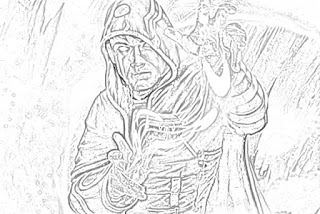





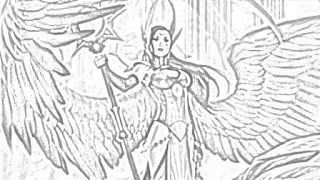






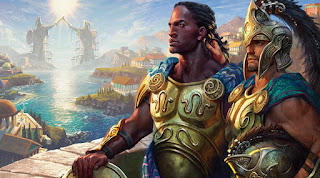












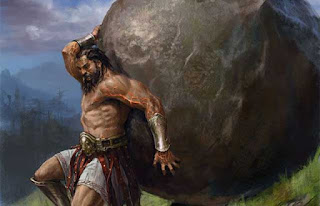











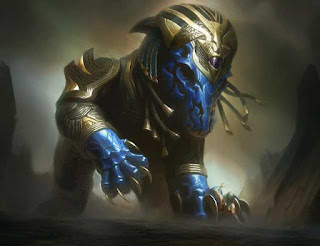
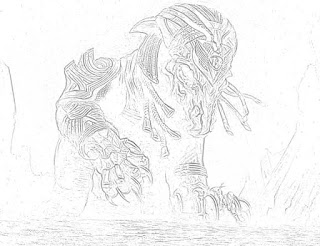
No comments:
Post a Comment